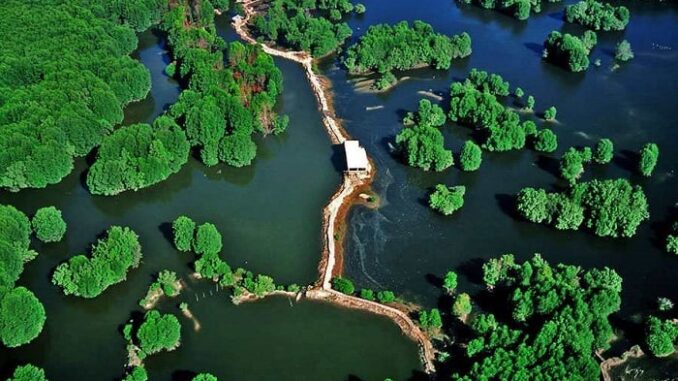
Located nearly 40 km from the center of Ho Chi Minh City, Can Gio Biosphere Reserve has a total area of about 75,000 hectares and is a complex of terrestrial and aquatic forest animals and plants, formed on The vast delta of three rivers: Dong Nai, Saigon, and Vam Co. This is an area with many potentials and advantages to develop eco-tourism and marine economy, playing a particularly important role in responding to the impacts of climate change. At the same time, it has a key position in defense and security, located in the seaward defense position of Ho Chi Minh City and the Southeast region.
With an area of 80,000 hectares, Can Gio Biosphere Reserve includes a mangrove forest, a wetland area, a monkey island, and a beach. Can Gio Island is the home of more than 2000 individual monkeys, which makes this reserve one of the largest monkey islands in Vietnam.
Biodiversity Value
The major habitat types found at Can Gio are plantation mangroves, of which there are about 20,000 hectares, and naturally regenerating mangroves, of which there are about 7,000 hectares. A total of 18 mollusks, 27 crustaceans, 45 fish, and three amphibian species have been recorded at the site. There are anecdotal reports of local farmers shooting an Estuarine Crocodile Crocodylus porosus, at the site in around 1990, although there have been no records since then.
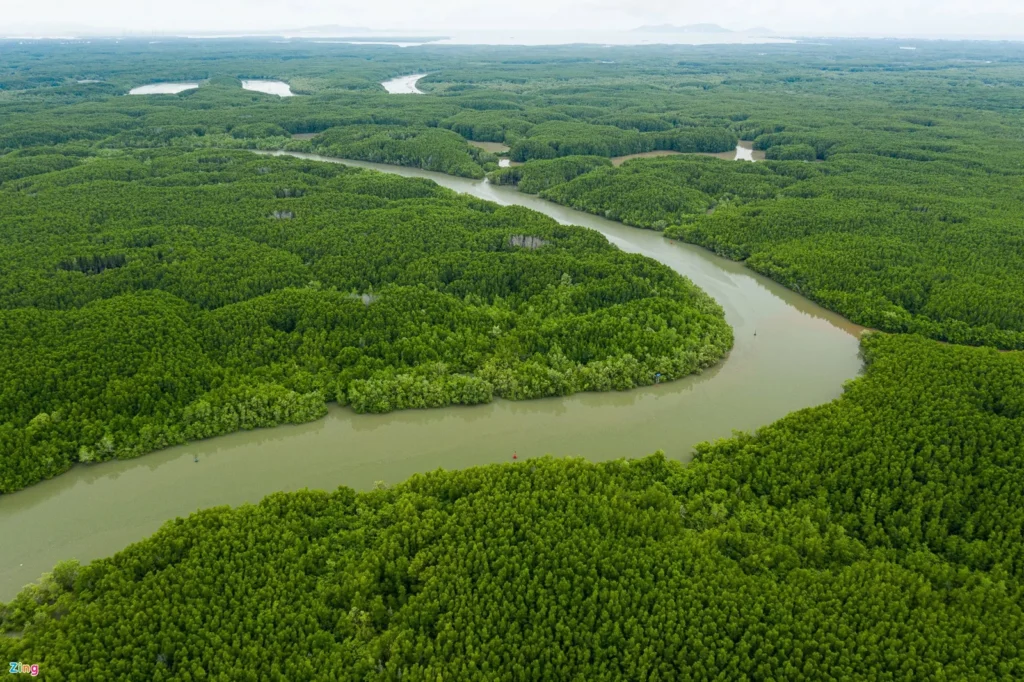
With a diverse, unique, and rich flora and fauna system typical of mangrove reserves, this is an ideal location for scientific research as well as a key tourist area of the country.
Can Gio mangrove forests have very special environmental conditions, being an intermediate ecosystem between aquatic ecosystems and terrestrial ecosystems, freshwater ecosystems, and saltwater ecosystems.
Can Gio Forest receive a large amount of silt from the Dong Nai River, along with the influence of the adjacent sea and tide. The flora here is rich, with over 150 species of plants, making it a source of food and shelter for many aquatic species, fish, and other vertebrates.
Practical Value
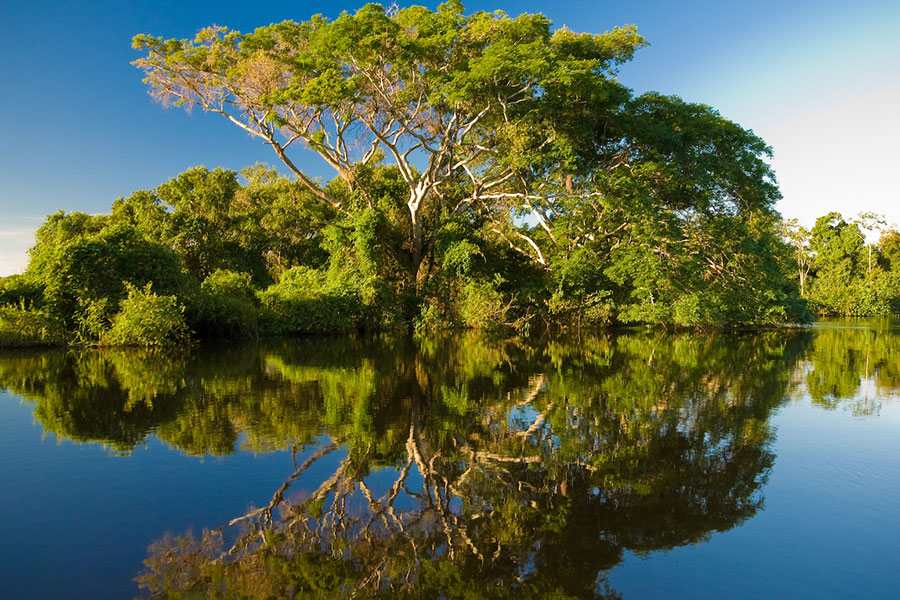
Can Gio mangrove forests become both “lungs” and “kidneys” with the function of cleaning air and wastewater from industrial cities upstream of Dong Nai-Saigon River to the East Vietnam Sea.
The forest plays a role in cleaning the air and wastewater from cities and industrial production areas. At the same time, it returns to a clean environment and minimizes environmental pollution in Ho Chi Minh City and neighboring provinces. Mangrove forests also help limit damage caused by storms and floods. This is also where plants and animals reside, grow, and provide food sources.
Can Gio mangrove forests also play an important role in limiting the damage caused by storms and floods, reducing up to 50% of impact energy from ocean waves, preventing sea level rise, and contributing to protecting coastal populations and infrastructure.
The success of restoring and protecting Can Gio mangrove forests is thanks to the important contributions of the local community, from joining hands in planting forests during the post-war period to contracting to protect the forests. Among the households participating in forest protection today, they had previously cut down forests.
In addition, the allocation of forests to people for care and protection has created conditions for people to improve their livelihoods, stabilize their lives, and stick with Can Gio mangrove forests like today.
Top destinations to explore
Vam Sat Can Gio Tourist area
The canoe will take you through Dinh Ba and Lo Ren rivers to reach your first destination – Dam Doi. Here, there are thousands of bats hanging upside down on tree branches. Following the Sac Can Gio Forest tour, you will come to the second stop – Tram Chim Conservation Area. The total area here is up to 200 hectares in the central area and 500 hectares in the outer area. In contrast to the quiet space in Dam Doi, Tram Chim area is extremely bustling with 20,000 individuals of 30 different bird species, especially during the breeding season from April to October every year.
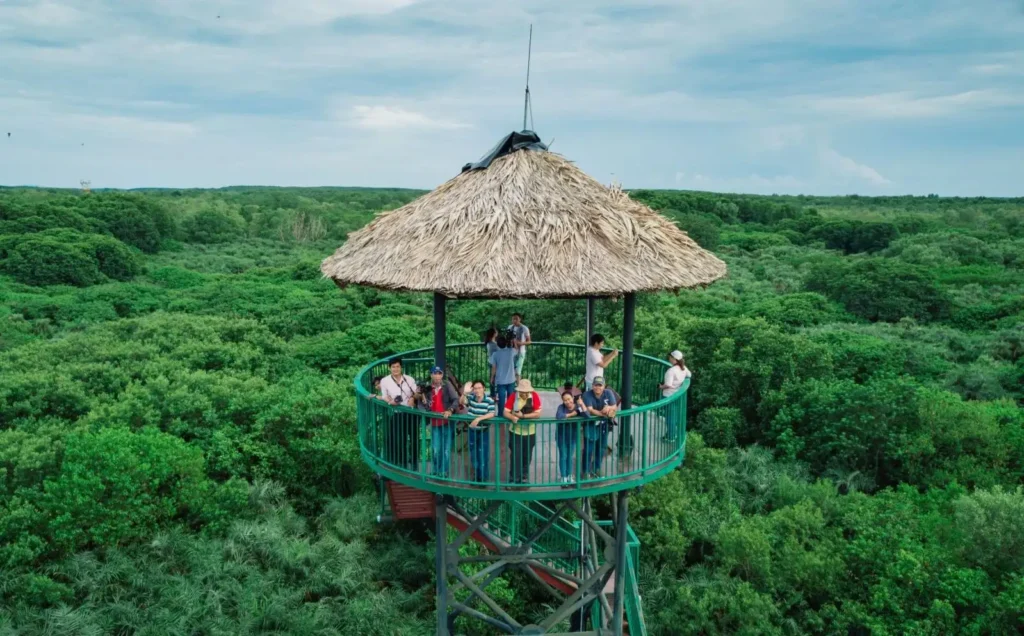
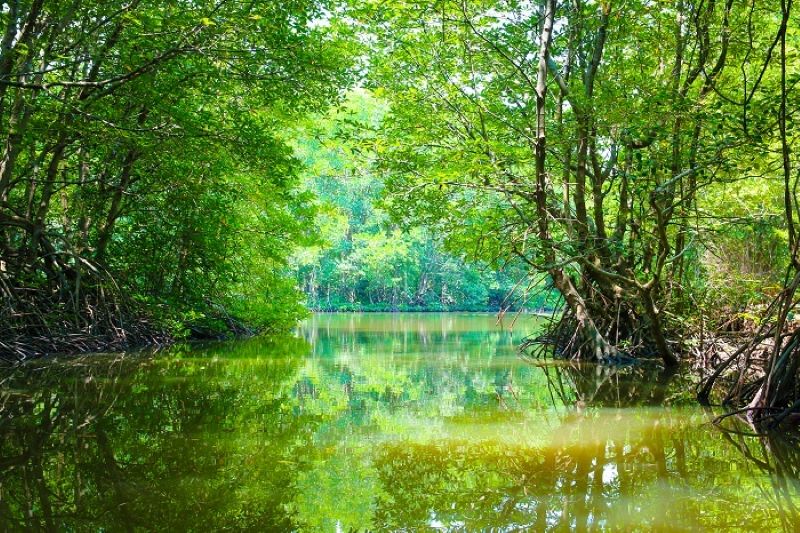
Sac Forest War Zone
During the years of resistance against the US, the Sac Forest war zone was considered a “dead land” – where 600 large and small battles took place, eliminating 6,200 enemy soldiers. Therefore, it can be said that Sac Forest is associated with the names and heroic fighting will of the 10th Special Forces soldiers. Even though many years have passed, their heroic achievements still resonate for generations later.
Today, in the historical relic site, there are still models scattered everywhere, such as a military medical house, information house, and military workshop, all simulated, helping visitors understand the lives of special forces soldiers.
Monkey Island
Monkey Island is the next thing that you should explore in Can Gio Biosphere Reserve. Most monkeys on this island are quite friendly and cute. The monkeys quickly move on the trees, run on the ground, move toward visitors, and look at them with curious eyes.
The monkeys there are strictly preserved, so you should obey some rules when interacting with them, such as keeping a suitable distance and not feeding them. Some monkeys might be quite aggressive, so you shouldn’t try to touch them.
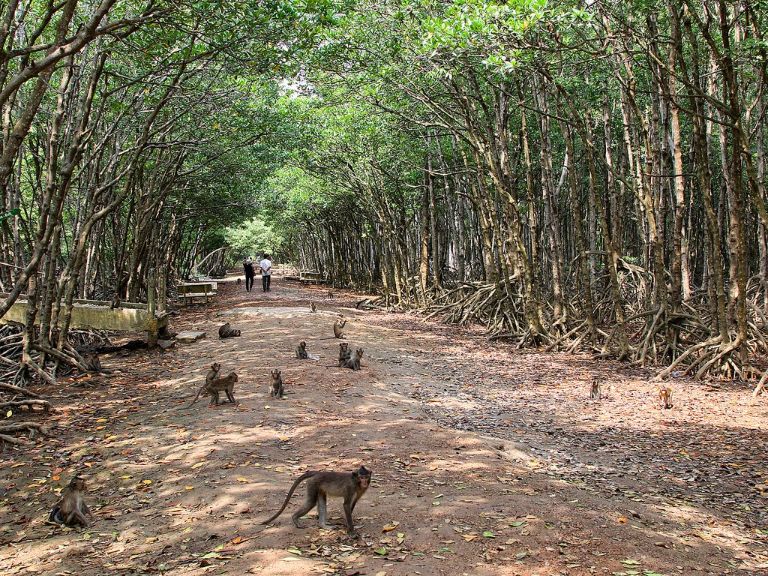
Previously, the number of monkeys was not as large as now. However, due to meticulous care, the monkey population is growing rapidly, reaching up to 2,000 animals. During Tet holidays or weekends, Monkey Island will organize small circus shows, and the main actors are the monkeys.
Conclusion
Can Gio Mangrove Biosphere Reserve recognized by UNESCO as Vietnam’s first biosphere reserve in the world’s biosphere reserve system in January 2000.
UNESCO recognition has significantly increased awareness and appreciation of Can Gio Mangrove Biosphere Reserve’s ecological and cultural significance. The reserve’s designation as a World Heritage Site has garnered global attention, highlighting its unique biodiversity and the importance of preserving its delicate ecosystem. This heightened awareness has fostered a sense of pride among local communities and a stronger commitment to conservation efforts.
Get an opportunity to visit Global Biosphere Reserve in Vietnam through Vietnam E-Visa!